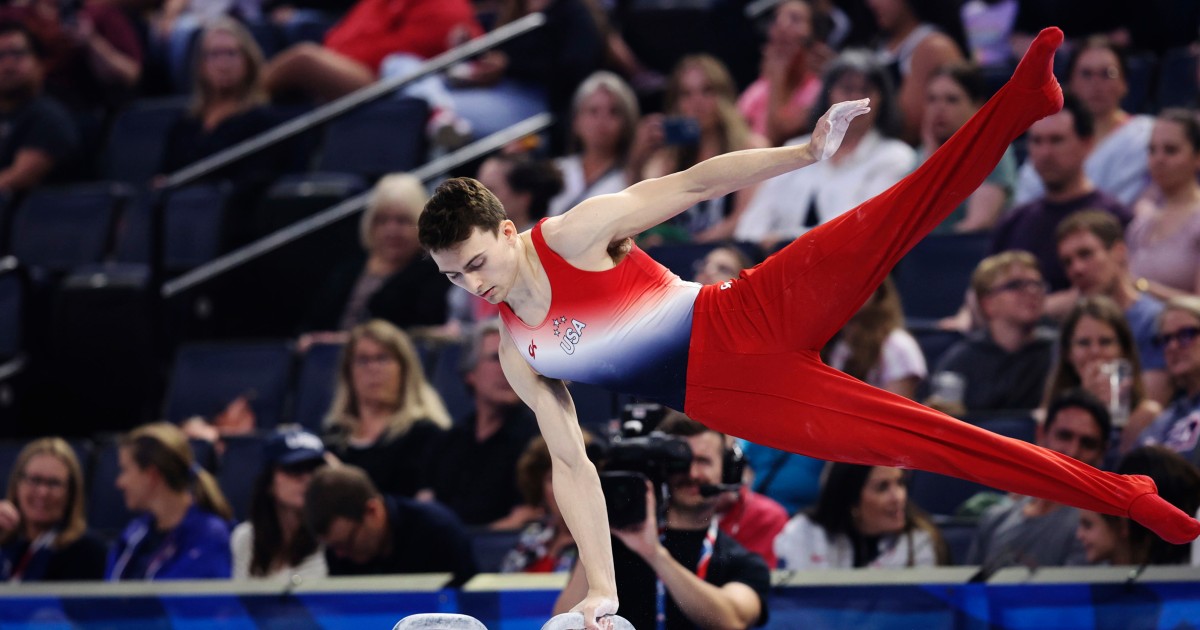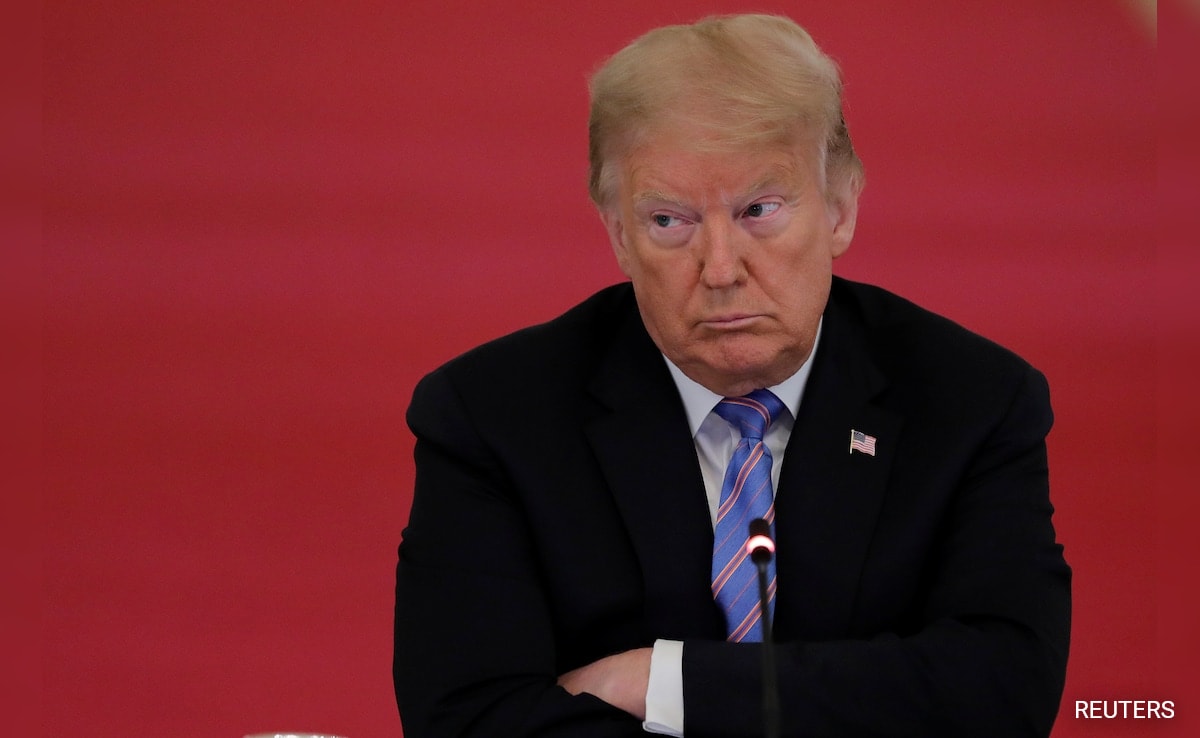World
He only has one event — and it could deliver the U.S. men’s gymnastics team a medal

American men haven’t medaled as a team in Olympic gymnastics since the dying days of George W. Bush’s administration, so USA Gymnastics hired a specialist to possibly fix that.
Stephen Nedoroscik qualified for the U.S. men’s Olympic gymnastics team solely on the strength of his pommel horse routine.
He’ll have to sit on the sidelines during the first five rotations of Monday’s team final, until he finally gets a chance to perform at the end of the meet.
What makes the 25-year-old Nedoroscik a unique — and somewhat controversial Olympic selection — is that he does only one of six events. Typically high-level gymnasts are expected to be representative in several, if not all events.
The math works well for the Penn State alum Nedoroscik and he arguably gives Team USA its best shot at winning a team medal, a feat American men have not achieved since scoring bronze in Beijing in 2008.
The gamble has paid off thus far.
He’s the only American man who qualified to an individual event final in Paris, though Fred Richard won all-around bronze at last year’s world championships and Brady Malone won the world title on the horizontal bar in 2022.
Nedoroscik qualified in second place to the pommel horse final with an enormous score of 15.200.
In the men’s team final, three gymnasts from each squad perform in six events — floor, pommel horse, still rings, vault, parallel bars and horizontal bar.
There’s no limit or minimum number of events a gymnast can perform as long as all six events get three performances from each team. All scores count.
“What it comes down to is that [Nedoroscik’s] scores on pommel horse are so much higher than everybody else on that one event that he adds a tremendous amount of potential score,” said NBC Sports gymnastics analyst Tim Daggett, a 1984 gold medalist.
Nedoroscik’s strength happens to be a weakness for the rest of the U.S. squad, making him more valuable to the team score than an all-around gymnast who has the same strengths as the other athletes.
“That one routine from Nedoroscik gives Team USA basically a full point over the next guy in line for the USA,” Daggett said.
In the three years between the Tokyo and Paris Olympics, the U.S. men’s program has worked to increase their start values, or difficulty scores, to help close the gap against Japan, China and Great Britain, who regularly medal in the team event.
The relative lack of difficulty on the men’s team makes the Nedoroscik gamble all the more necessary.
“We’re in a much different position now,” high performance director Brett McClure said of the Paris Olympic team. “We’re gonna be able to control our own destiny. We’re gonna get back on that podium. That’s the expectation and that’s our goal.”
McClure estimated the U.S. men’s scoring potential, including Nedoroscik’s pommel horse routine, to be third in the world heading into Paris, behind China and Japan. In the qualifying round, they struggled with consistency and placed fifth.
The skills being performed by the current team has already increased in difficulty by over a point since last year’s world championships, where the U.S. team won a bronze medal.
The men’s Olympic medal drought is in stark contrast to the U.S. women, who have won a team medal at every Olympics since 1992. They won the gold medal in 1996, 2012 and 2016.
The women’s team is loaded from top to bottom with gymnasts who perform the world’s most difficult skills, giving them a buffer equal to multiple falls. The U.S. men don’t have the same advantage, but they can finally hang with the best in the world.
They will likely have to be close to flawless to earn the long-awaited team medal.
In Tokyo three years ago, Russia took men’s team gold, host Japan silver and China bronze. Fourth-place Great Britain and the fifth-place Americans missed the podium. Russian gymnasts will not compete in Paris due to the ongoing war in Ukraine.
The men’s team final takes place on Monday at Bercy Arena in Paris.










